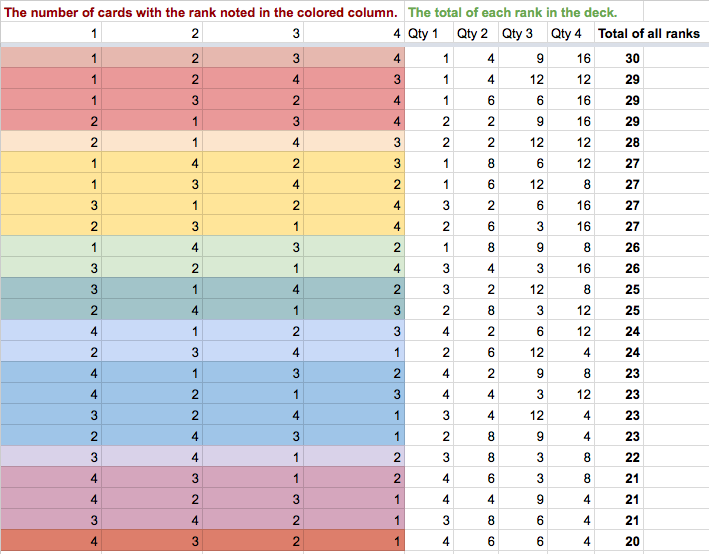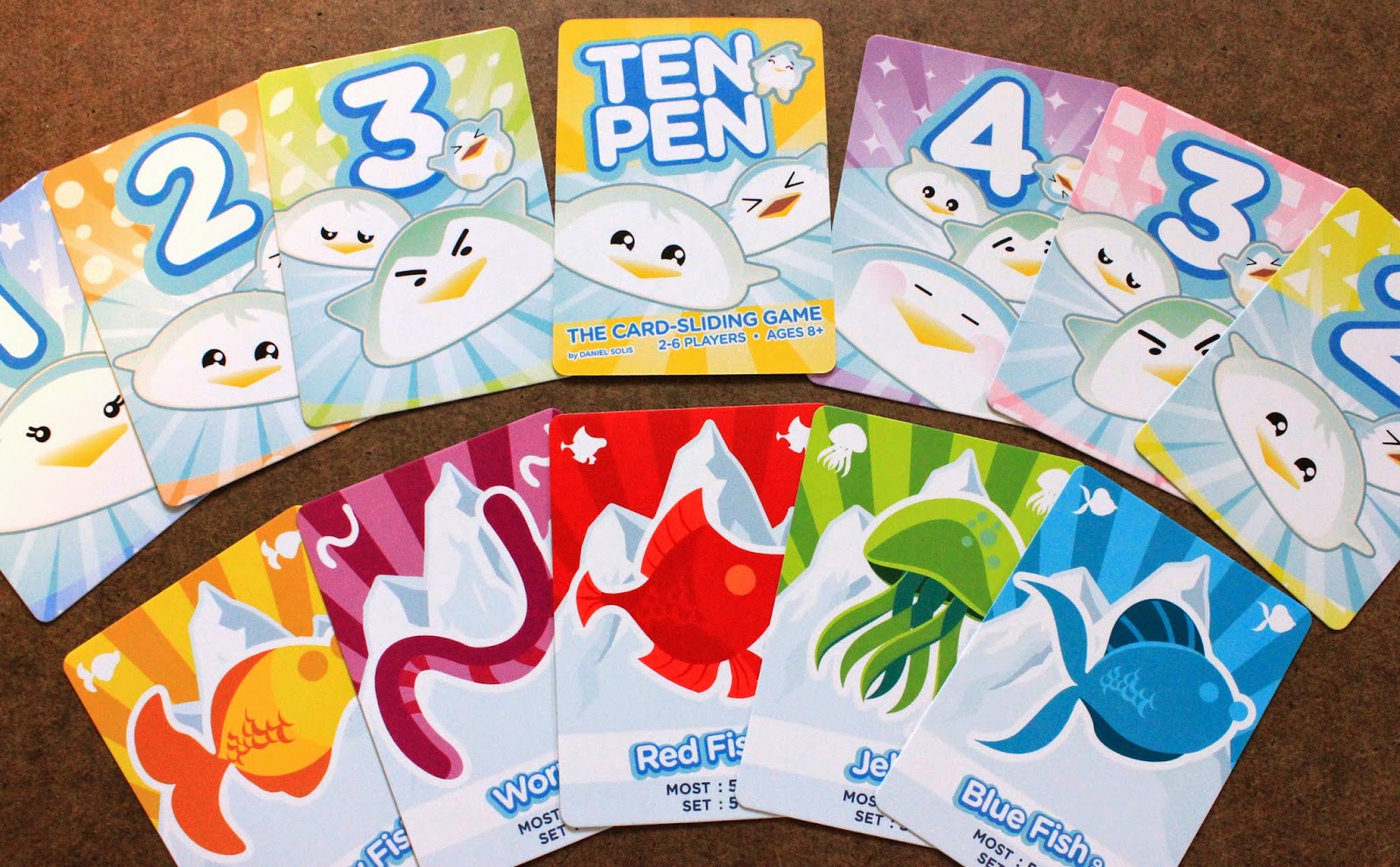Venture - A Card Game by James Ernest and Daniel Solis
If you follow the gaming kickstarter scene, you'll remember the massive smash hit James Ernest's Pairs . As a part of fulfilling that campaign, James Ernest is releasing several versions of the Pairs deck, each with new art and a unique variant standalone game that can be played with that deck. I was lucky enough to playtest the variant rules for the Professor Elemental deck seen above. Over the course of a few weekly rigorous playtests, with a rotating band of eager and generous testers, the rules changed quite a bit based on collaborative, iterative, speedy revision. Eventually the result was the current version of Venture, which was posted on the Cheapass site in late April. It's a fast-paced, raucous game with a bit of bluffing and a lot of player-driven chaos. Deal out the entire deck to all players so they have equal hands, then place any remainders in the center of the table as a "buffet." Choose a card from your hand then everyone reveals the...


